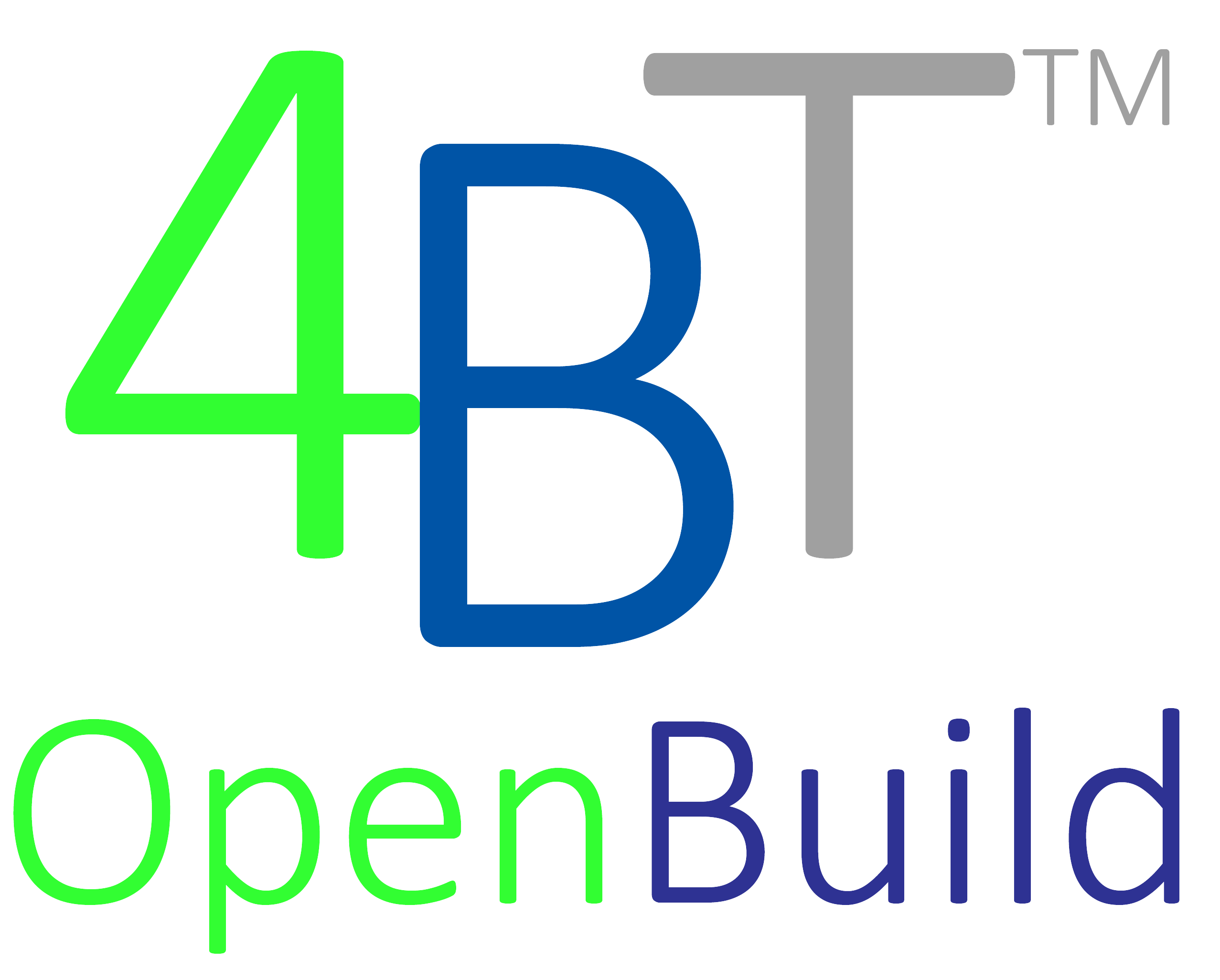Managing change orders for any size of repair, renovation, maintenance, or new build project, whether IPD, alliance job order contracting, DB, DBB, ‘et al’, simply requires a robust preconstruction process in most instances.
A granular, well communciated (among owner and design/builders), well organized (using a standardized data architecture such as expanded CSI MasterFormat) DETAILED SCOPE OF WORK, eliminates of 90% of change orders.
Change orders should not result from errors and omissions, coordination issues, means and methods, or material substitutions as these are all manageable via application of robust, detailed scope of work (SOW) development. Objective, granular, current, local market granular construction task data is a requisite tools for robust scope of work development.

Typical change orders that may not be attributed to inefficient preconstruction activities include.
Agency change orders – Originate from permitting or regulatory organization and not associated with existing standard codes.
Discovered site conditions – Site conditions not readily found using standard pre-construction practices.
Owner scope change – Changes initiative by the real property owner is the most common reason for work scope modification.
Learn more about Managing Change Orders…

A robust and integrated Construction Planning, Procurement, and Project Deliver Framework is the pathway to reducing change orders, lowering project costs, and ensuring timely delivery.
The management of change orders projects is a dynamic process beginning early in a project lifecycle and involves all project participants and stakeholders from day one. A robust project delivery framework is needed and must be supported by both a written contract and an operations manual or execution guide. This proactive and collaborative approach of sharing cost and technical requirements from day one can ensure 30%-40% cost saving vs. traditionalmethods.
Owner and service provider teams jointly bear risk and share in reward and foucs upon collaborative planning and effective communication.,ensuring project continuity and success.
